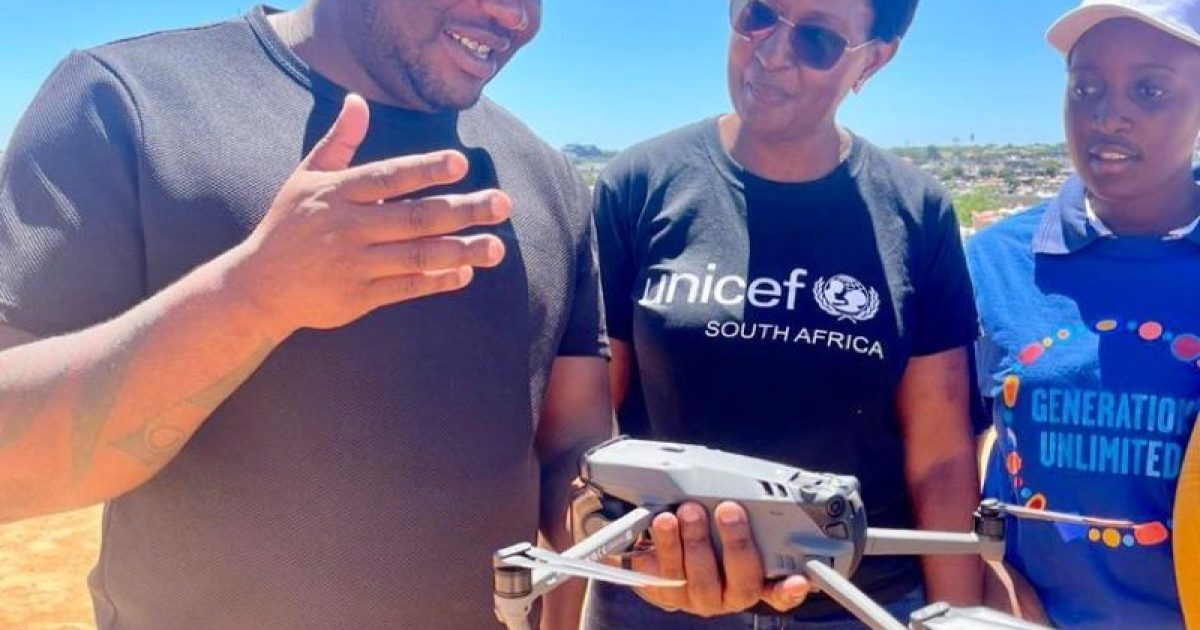- Altruistic Byte
- Posts
- Managing Disasters with Drone-Generated Data
Managing Disasters with Drone-Generated Data
Drone-generated data helps assessing disaster impacts and generating actionable insights, safely and efficiently.
💖 This week's byte: Drones help better understand the (potential) impact of disaster-prone or -struck areas, by conducting risk and damage assessments safely and efficiently. Such drone-generated data brings actionable insights and leads the institutions to informed decision-making.
📊 Did You Know?
Statista reports that the drone market worldwide will generate US$4.4 billion in 2025, making China the highest revenue-generating country. Unsurprisingly, Chinese tech company DJI has the largest brand share in the market—76% as per Statista’s 2024 figure.
📖 The Story
Who, When, and Where — Context
After the devastating floods in South Africa in February 2023, technology players and their partners in and beyond the country collaborated to assess the impact and build an effective response plan.
Why — Challenge
The tangible impacts of widespread flooding can be catastrophic: broken infrastructure, inaccessibility to learning and working facilities, damaged houses, and compromised livelihoods. The material losses in South Africa in 2023 showed how poorly people and institutions were prepared for the unforeseen event. Consequently, an emerging need has arisen to implement efficient, effective, and safe disaster management methods.
What and How — Tech Solution
Under the “Turning Data into Action” project initiated by WeRobotics, a drone-based impact assessment and action planning exercise has been conducted. The goal is to reduce the impact of disasters by efficiently gathering field data with drones and using the data to inform planning and decision-making processes. A similar approach was taken in Nepal when locals needed to assess the Melamchi Flood rapidly in 2021.
💡 Key Insights
🤖 Drones can be used as safe and efficient data collectors. If used appropriately, the remote-controlled device can provide useful macro-level information from the footage.
📊 Data is a powerful tool for making informed decisions among diverse stakeholders. Data-driven decisions make subsequent action planning easier and more effective.
👀 Both proactive and reactive use of data are crucial. On the one hand, proactive data gathering and analysis can surface the potential threats for monitoring and assessment purposes. Meanwhile, how quickly institutions can react to an unexpected event determines the degree of downstream impact, which relies heavily on real-time data.
✅ Try This
Assume you can see a real-time, bird’s eye view of the city you live in today through a drone camera. What kind of data you may be able to collect? How can the data be used to help the local population? Now, how realistic would the idea be, considering the availability of drone devices and operators, as well as local laws and regulations?
💭 Share your thoughts: Drones may be the best for collecting macro-level data from the sky. How about micro-scale data such as individual persons and buildings? Can drones be used for them, or should we employ alternative means?

Reply